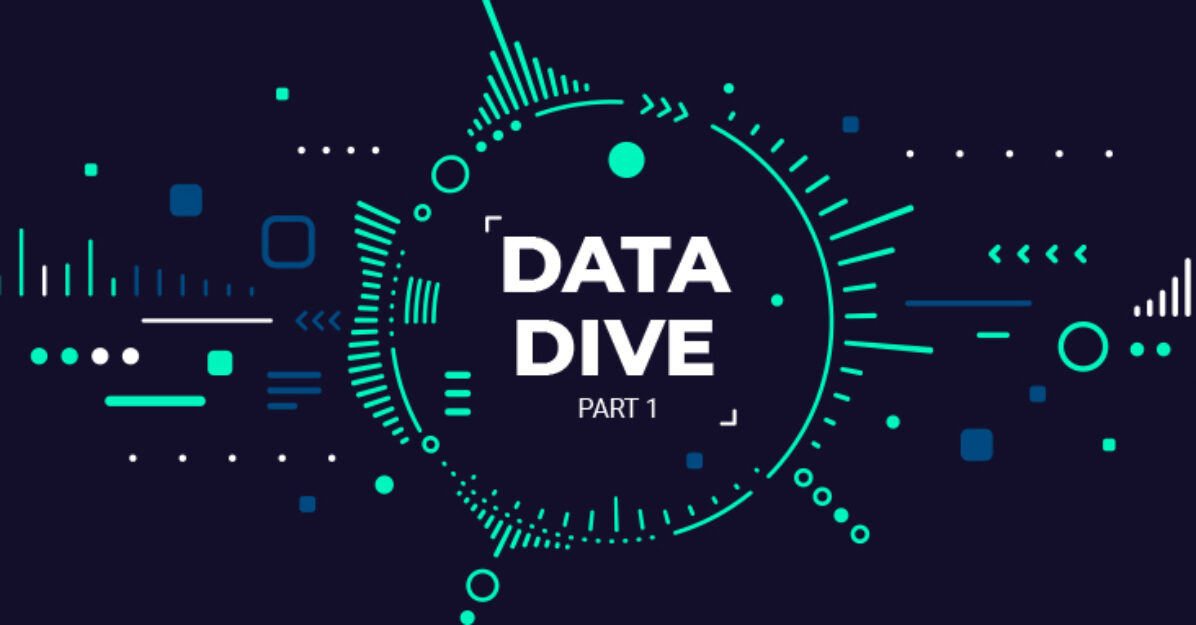Limitations of First- and Third-Party Cookies for Modern Marketers

In our new “Data Dive” blog series, we’ll explore our evolving data landscape and what brands, tech vendors, and data providers are doing to address the operational and strategic shifts taking place. This series will cover the demise of third-party cookies, what to expect for the future of addressability, and how brands can activate first-party, deterministic insights to reach consumers across channels. If you want to learn how Fluent can help your brand navigate this new era of online advertising, connect with our team here.
Third-Party Cookies Lose in the Battle to Protect Consumer Privacy
Mounting concerns around consumer privacy are driving an industry-wide push away from the use of third-party cookies. Growing increasingly distrustful of data collection practices, consumers want more transparency and control over which entities can use the information collected during their internet activities. According to the Pew Research Center, 79% of U.S. adults say they are concerned with how companies use their data, while 59% have very little or no understanding of what companies do with their information.
While policy changes like GDPR and CCPA have accelerated efforts to protect consumer privacy, Google’s plan to eliminate third-party cookies by 2023 has officially put the entire ad industry on notice. With essentially all browser traffic soon either disabling or limiting third-party cookies, the industry will need to find a new currency to facilitate targeting, frequency capping, and attribution in our changing digital ecosystem.
First- vs. Third-Party Cookies
While Google is currently planning to phase out the third-party cookie on its browsers, first-party cookies are still safe – though not without their own limitations. At its core, a cookie is a piece of code that is created by a server and saved on a user’s device. Below we explore the differences between first- and third-party cookies, and the challenges associated with each type.
What Are First-Party Cookies?
First-party cookies are created by the domain the user is visiting and stored on their computer by default. They allow website owners to collect analytics data, remember language settings and passwords, and perform other useful functions that create a positive user experience. For advertisers, first-party cookies are especially useful for tracking what people do on their site — i.e. what pages they visited, how much times they spent – in order to develop effective marketing strategies around their behavior and preferences.
Challenges of First-Party Cookies
While first-party cookies are useful for tracking user behavior across proprietary properties, they do not allow website owners to see data related to their visitor’s behavior on other domains. As a result, advertisers cannot leverage first-party cookies to create omnichannel marketing strategies that span across channels and devices. Cue to the third-party cookie.
What Are Third-Party Cookies?
Third-party cookies are created by domains outside those the user is visiting directly and must be accepted manually. Whereas a first-party cookie is only accessible via the domain that created it, third-party cookies are accessible on any website that loads the third-party server’s code. Third-party cookies enable advertisers to understand their users’ online behavior across different websites, helping them to build robust user profiles and lookalike audiences based on their most valuable customers.
Challenges of Third-Party Cookies
Third-party cookies are useful for cross-site tracking, retargeting, and ad-serving – all the sophisticated tracking and targeting capabilities that make up a savvy advertiser’s marketing toolbox. Yet while it is in a user’s best interest not to block or delete first-party cookies, many consumers delete their third-party cookies on a regular basis due to data privacy concerns and distrust of advertising practices. As browser support for third-party cookies continues to decline, advertisers that rely on third-party data for their audience-targeting strategy will need to consider alternative first-party data sources to support their marketing efforts.
Preparing for a World Without Third-Party Cookies
While the rollout of CCPA and ongoing browser crackdowns will inevitably push more ad dollars to walled gardens, there is still hope for the future of addressability on the open web. In the next two years, options like universal IDs and translation services will be evaluated across all devices and domains as buyers and sellers work to create a unified, privacy-safe ecosystem. In attempt to balance the needs for user privacy with the interests of advertisers and publishers, the challenge will be standardizing something that works across channels.
What Does a Post-Cookie World Look Like for Tech and Data Vendors?
Initiatives like Google’s Privacy Sandbox and the IAB’s Project Rearc are encouraging cross-industry collaboration in pursuit of solutions that will not only keep the digital ad ecosystem afloat, but also improve it. Universal identifiers present one option, but they leave control with browsers and operating systems and can often lead to more challenges – like when we saw Firefox reject DigiTrust’s universal ID, or more recently, Apple’s crippling changes to IDFA. The most likely and realistic option would be the move to an identity-based identifier that is sourced from first-party, deterministic data and tied to privacy preferences — more on this later in our series.
What Does a Post-Cookie World Look Like for Advertisers?
As data-privacy regulations and a lack of transparency continue to muddy the reputation of third-party data, marketers are recognizing the importance of leveraging their own first-party insights to deliver personalized and relevant experiences to their target customers. Moving forward, advertisers must focus on a privacy-safe approach to data collection and identity management as they seek out reliable alternatives to third-party cookies in the changing digital ecosystem.
Stay tuned for our next blog where we’ll explore this shift in mindset among brand marketers as they take greater ownership of their data assets and work toward building one-to-one connections with consumers.